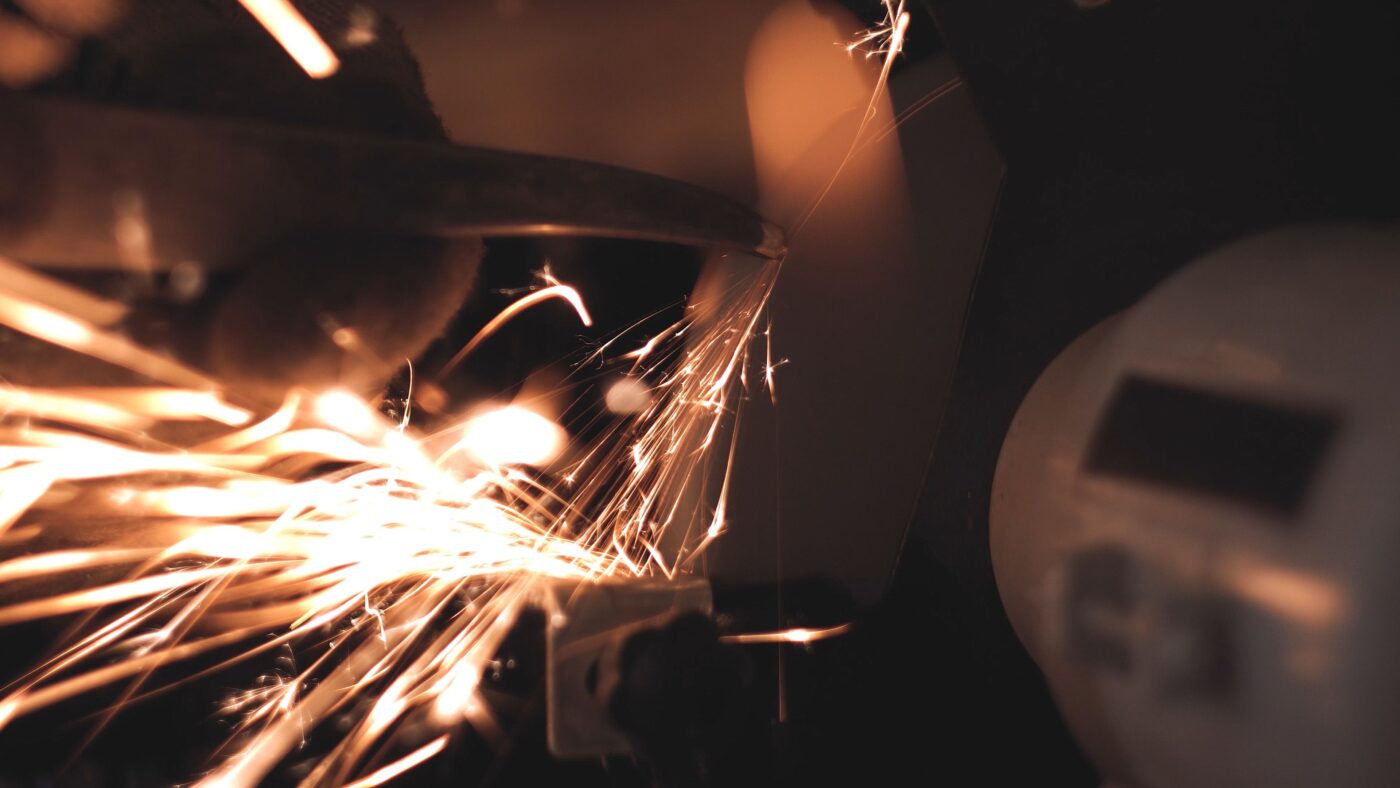Language Matters with Metal Properties: The Difference Between Hardness, Toughness, and Strength
When you think strong, tough, hard, you usually think these words are synonyms and interchangeable with one another. In everyday conversation, this is true and often just a matter of semantics. However, in the world of industrial machine blades this couldn’t be further from the truth. When talking metallic product, it’s a big deal which word you choose as they have different meanings.
When analyzing metals, hardness, toughness, and strength are distinct properties that share some overlap. Collectively, these properties constitute what is commonly known as metal “strength.” Let’s explore the differences between these three metal properties and how they interrelate.
Hardness refers to a material’s capacity to endure friction, known as abrasion resistance. Diamonds are among the hardest substances and are exceptionally difficult to scratch. However, despite being nearly impossible to scratch due to their hardness, diamonds lack toughness. The Action Lab did a fantastic job showing how taking a hammer to a diamond’s weakest point will cause it to shatter. It cannot absorb a lot of energy before breaking (aka toughness!). This illustrates that hardness doesn’t necessarily imply toughness. In the realm of metal tools, like drill bits and grinding discs, extreme hardness is crucial for handling high levels of friction.
Toughness is a material’s ability to resist fracturing under applied force, essentially its capacity to withstand mechanical abuse. It hinges on both strength and ductility, enabling a material to deform before breaking. Surprisingly, silly putty exhibits a degree of toughness—it can stretch and deform rather than easily breaking under these criteria.
Strength is the measure of force needed to deform a material. The greater the force required for shape change, the stronger the material. Steel exemplifies high strength as it is notably resistant to being pulled apart. In contrast, silly putty is weak and easily deforms with just a gentle touch from a child, allowing it to take various shapes effortlessly.
It’s typical for a single material to possess multiple properties, and these categories often overlap. For instance, drill bits need to be not only hard but also strong and tough to function effectively. Anvils, enduring substantial abuse, are notably tough and strong, although they may not be exceptionally hard. Conversely, bulletproof glass is both hard and tough but may not exhibit exceptional strength.
Thankfully, when an object is lacking one of these three properties, there are ways to boost their performance. Metals can be coated with ceramic to up the hardness factor to a metal that is already strong and tough. Infusing steel with carbon allows the metal to maintain its properties as well as taking on carbon’s properties. Diamond-coatings can give you product that scratch-free surface you’re looking for, if that’s the desired end goal.
To select the proper machine knife for an application, each of these factors comes into play:
- Hardness – fibrous materials, such as fiberglass, some plastics, and many fabrics, cause friction when being cut and can wear out an improperly specified machine knife quickly. Harder knives will stand up better in fibrous applications than softer knives.
- Toughness – some applications can subject a machine knife to abuse, such as recycling, where often foreign objects are mixed in with the materials being reclaimed. A rock in a plastics recycling machine might hit a granulator knife and chip the edge, but not fracture the knife – this is where a knife made of a “tough” steel saves the day by avoiding catastrophic failure.
- Strength – some materials are inconsistent in their make-up or in their sizing, and these variations can cause a machine knife to deform. By using a “stronger” base steel, or by altering the thickness of the knife, these types of challenges can be overcome.
When you’re buying your next machine blade, watch, ring, or workshop accessory, consider whether hardness, toughness, or strength matters. In some cases, it won’t. But in others, it might just make or break your project.


